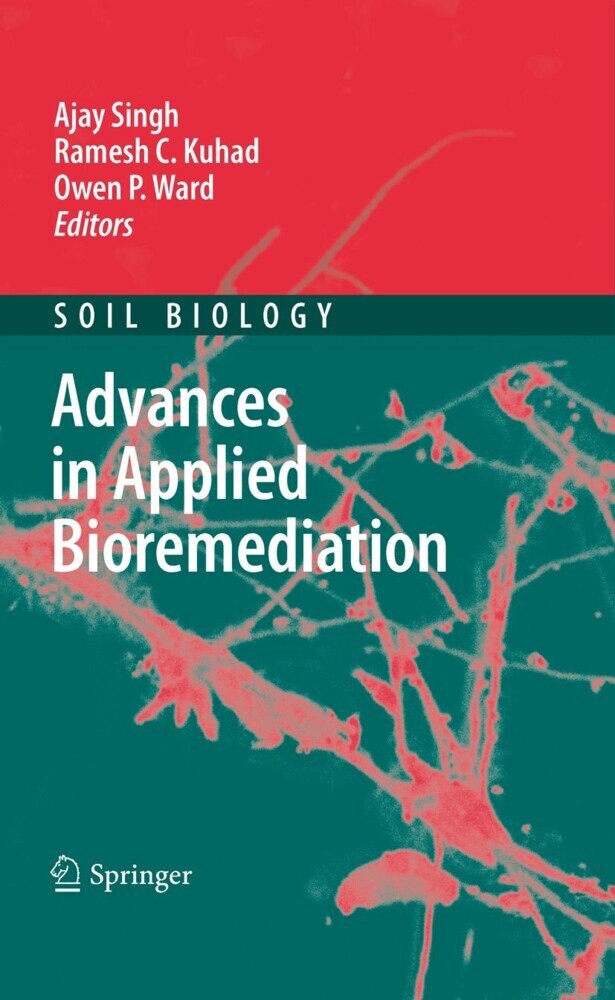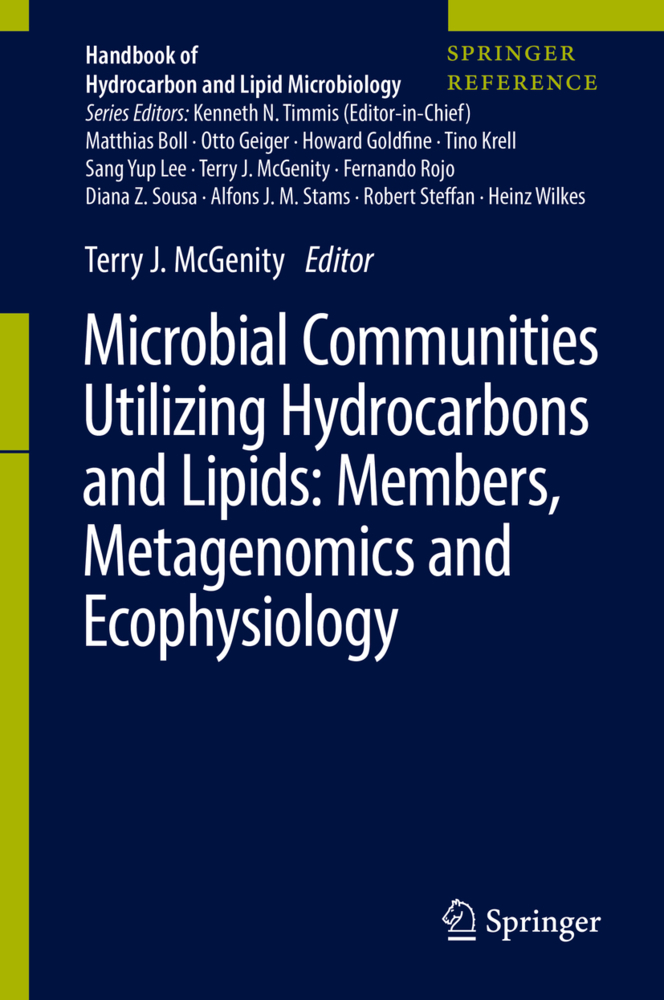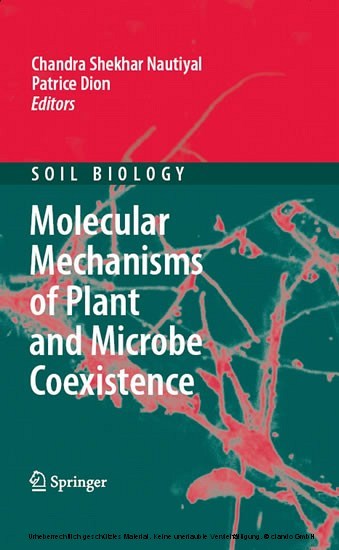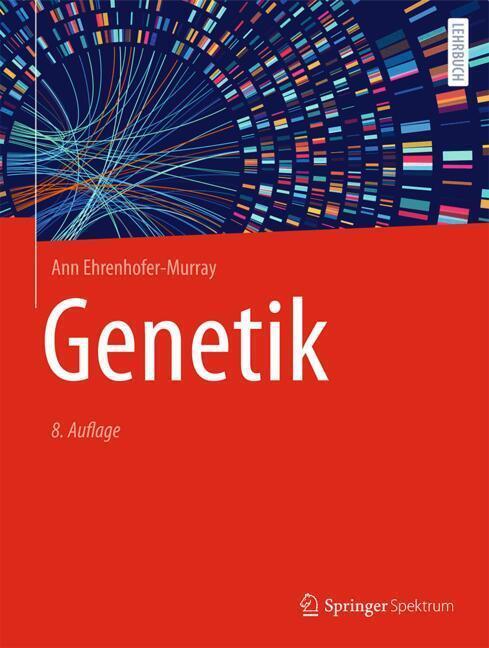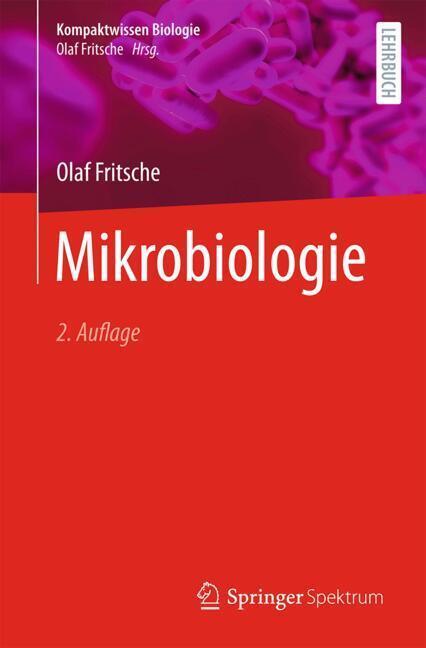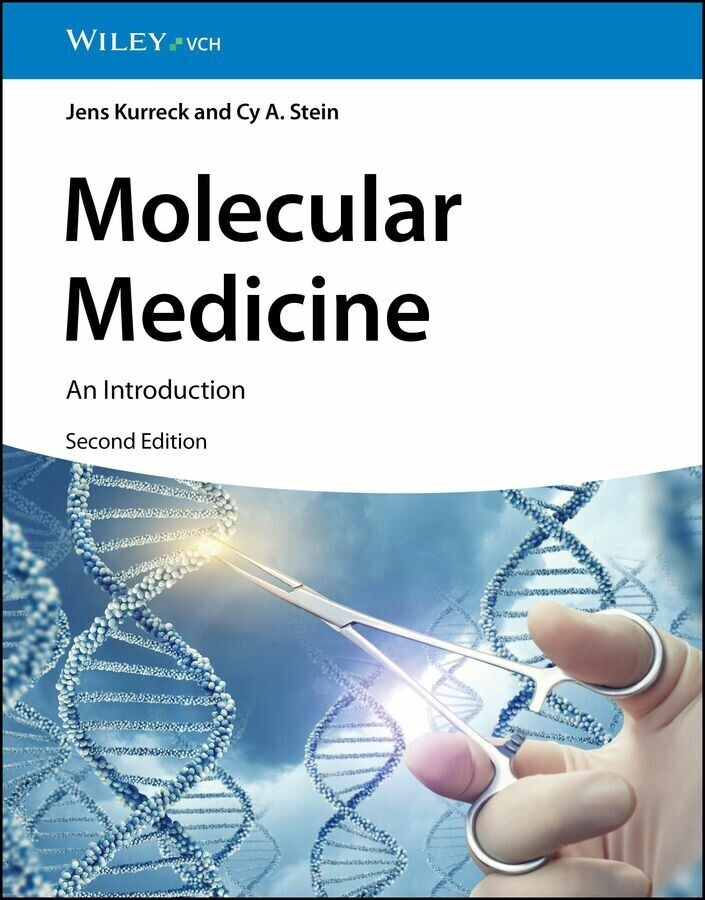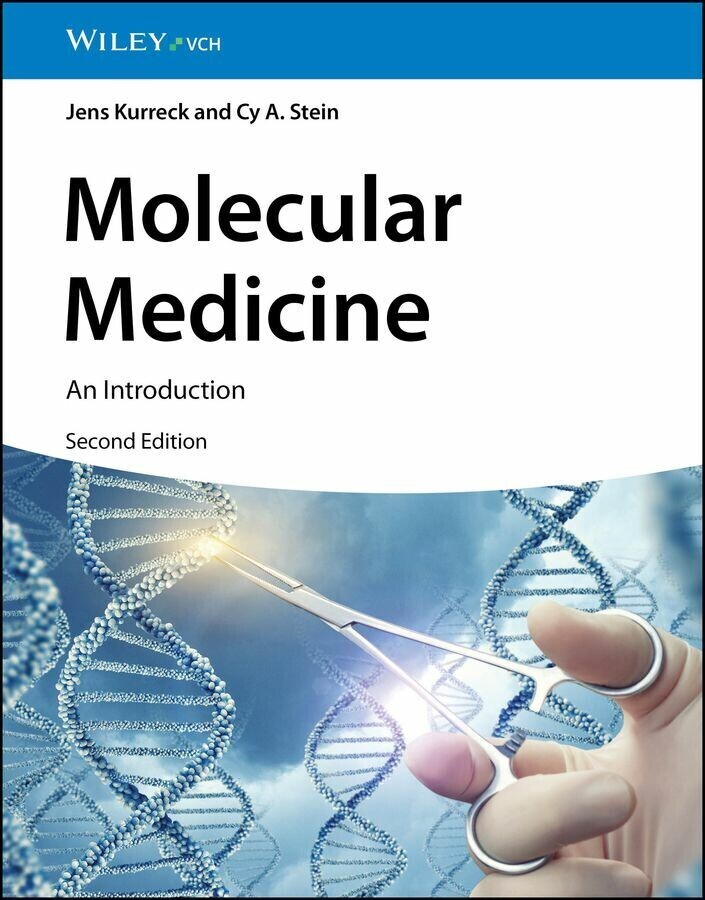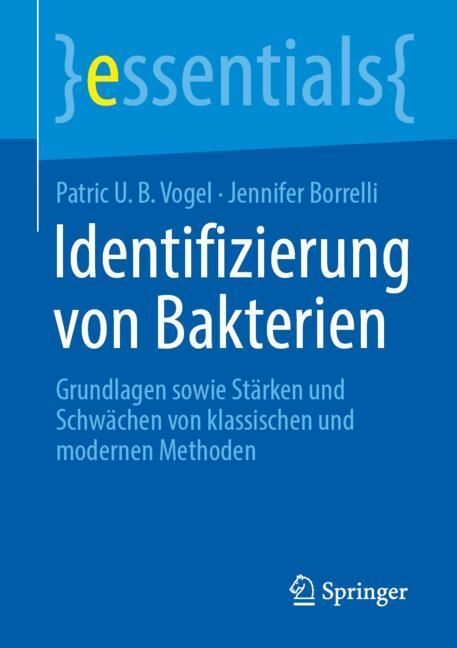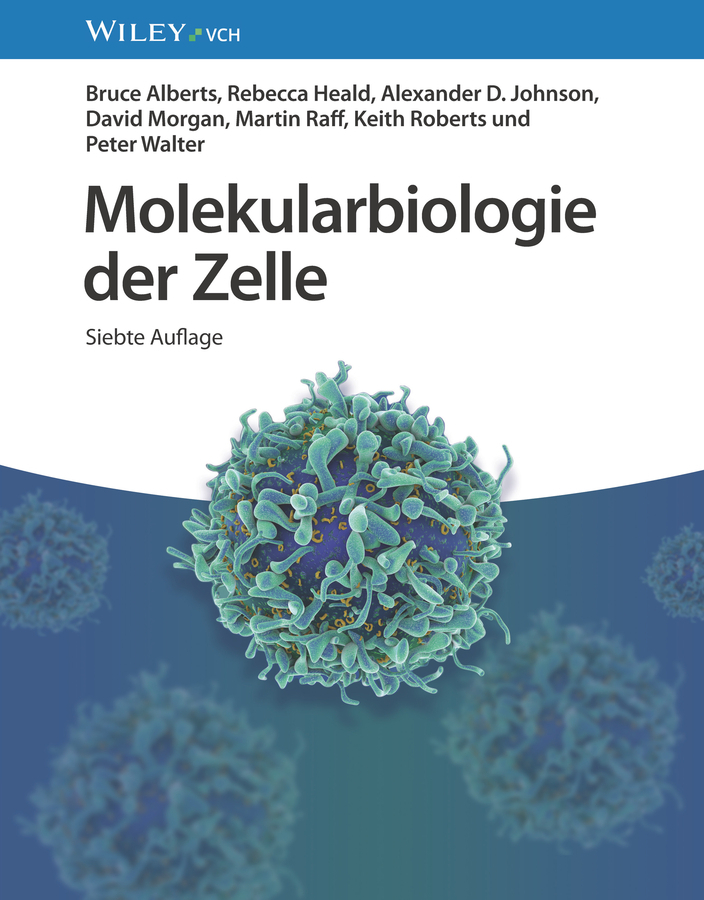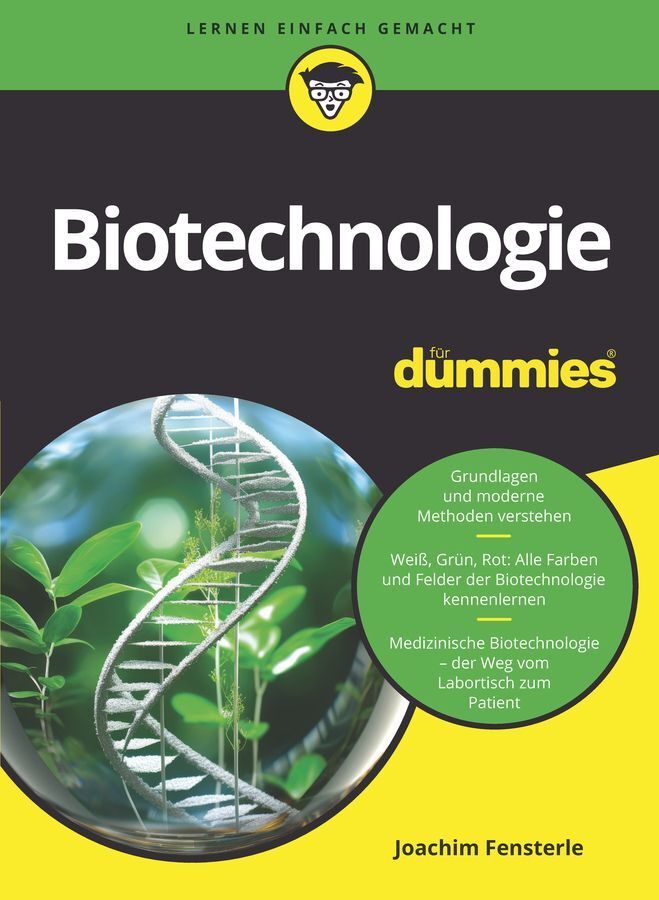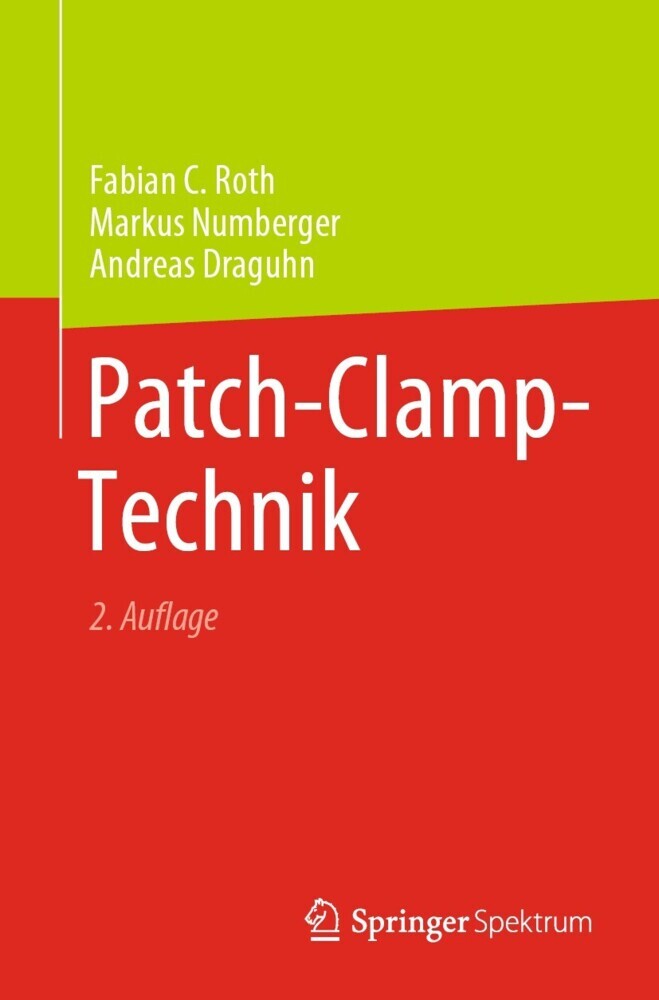Bioremediation is a rapidly advancing field and the technology has been applied successfully to remediate many contaminated sites. The goal of every soil remediation method is to enhance the degradation, transformation, or detoxification of pollutants and to protect, maintain and sustain environmental quality.
Advances in our understanding of the ecology of microbial communities capable of breaking down various pollutants and the molecular and biochemical mechanisms by which biodegradation occurs have helped us in developing practical soil bioremediation strategies. Chapters dealing with the application of biological methods to soil remediation are contributed from experts - authorities in the area of environmental science including microbiology and molecular biology - from academic institutions and industry.
1;Preface;6 2;Contents;8 3;Contributors;10 4;Chapter 1;15 4.1;Biological Remediation of Soil: An Overview of Global Market and Available Technologies;15 4.1.1;1.1 Introduction;15 4.1.2;1.2 Global Remediation Market;16 4.1.2.1;1.2.1 North America;17 4.1.2.2;1.2.2 Europe;18 4.1.2.3;1.2.3 Australia and New Zealand;19 4.1.2.4;1.2.4 Asia;19 4.1.2.5;1.2.5 Latin America and Africa;21 4.1.3;1.3 Major Environmental Contaminants of Concern;21 4.1.4;1.4 Biological Remediation of Contaminated Soils;24 4.1.4.1;1.4.1 In Situ Biological Remediation;25 4.1.4.2;1.4.2 Ex Situ Biological Remediation;27 4.1.4.3;1.4.3 Nanotechnology and Site Remediation: An Emerging Field;28 4.1.4.4;1.4.4 Designing Biological Remediation;29 4.1.5;1.5 Conclusions;30 4.2;References;32 5;Chapter 2;34 5.1;Local Gain, Global Loss: The Environmental Cost of Action;34 5.1.1;2.1 Introduction;34 5.1.2;2.2 Better and Worse Treatment Choices;35 5.1.2.1;2.2.1 Doing Nothing;36 5.1.2.2;2.2.2 In situ Bioremediation Can be Good or Bad;37 5.1.2.3;2.2.3 Other In Situ Methods: Manufacture of Materials;37 5.1.2.4;2.2.4 Excavation or Immobilisation: Surfaces and Transport;38 5.1.2.5;2.2.5 Landfilling;38 5.1.3;2.3 Case Study: Two Simple Models for a Petrol Filling Station;39 5.1.3.1;2.3.1 Site Description and Treatment Techniques;39 5.1.3.2;2.3.2 The Case Models;40 5.1.3.3;2.3.3 The Case Results;40 5.1.3.4;2.3.4 Conclusions from the Case Study;42 5.1.4;2.4 Improving Specific Remediations;43 5.1.4.1;2.4.1 What to Consider;43 5.1.4.1.1;2.4.1.1 Energy;43 5.1.4.1.2;2.4.1.2 Scarce Natural Resources;43 5.1.4.1.3;2.4.1.3 Land Use;44 5.1.4.1.4;2.4.1.4 Emissions;44 5.1.4.1.5;2.4.1.5 Human Exposure;45 5.1.4.2;2.4.2 Tools to Use;45 5.1.5;2.6 Conclusion;46 5.2;References;47 6;Chapter 3;48 6.1;Bioavailability of Contaminants in Soil;48 6.1.1;3.1 Introduction;48 6.1.2;3.2 Bioavailability Under Thermodynamic Control;52 6.1.2.1;3.2.1 Structure Activity Relationships;52 6.1.2.2;3.2.2 Concentration Dependence;55 6.1.2.3;3.2.3 Competition by Co-Solutes;57 6.1.2.4;3.2.4 Effect of True Hysteresis;59 6.1.3;3.3 Bioavailability Under Kinetic Control;61 6.1.3.1;3.3.1 Nature and Geometry of the Diffusing Medium;63 6.1.3.2;3.3.2 Influence of Molecular Structure;65 6.1.3.3;3.3.3 Coupled Sorption-Microbial Degradation Models;65 6.1.3.4;3.3.4 High Desorption Resistance;68 6.1.3.5;3.3.5 Correlation of Desorption Resistance with Biodegradation Resistance;69 6.1.3.6;3.3.6 Causes of High Desorption Resistance;71 6.1.3.7;3.3.7 Facilitated Bioavailability;73 6.1.4;3.4 Conclusions;76 6.2;References;77 7;Chapter 4;85 7.1;4.1 Introduction;85 7.2;4.2 Natural History of Biosurfactants;86 7.2.1;4.2.1 Biosurfactant Properties and Classes;86 7.2.2;4.2.2 Biosurfactant Chemical Characterization;87 7.2.3;4.2.3 Physiological Roles of Biosurfactants;89 7.2.4;4.3 Biosurfactant Applications in Bioremediation;92 7.2.5;4.3.1 Mass Transfer Effects on Biodegradation;92 7.2.6;4.3.2 Soil Washing;95 7.2.7;4.3.3 Biosurfactant Production;96 7.3;4.4 Conclusions;98 7.4;References;98 8;Chapter 5;102 8.1;The Diversity of Soluble Di-iron Monooxygenases with Bioremediation Applications;102 8.1.1;5.1 Introduction;102 8.1.2;5.2 Soluble Di-iron Monooxygenases (SDIMOs);103 8.1.2.1;5.2.1 Biochemistry;103 8.1.2.2;5.2.2 Physiological Roles;103 8.1.2.3;5.2.3 Genetics, Diversity and Classification;104 8.1.3;5.3 Applications of SDIMOs in Bioremediation: Pollutants and Approaches;106 8.1.3.1;5.3.1 Growth-Linked Metabolism;106 8.1.3.2;5.3.2 Cometabolism;107 8.1.3.3;5.3.3 Strategies for Field Application;107 8.1.4;5.4 Monitoring Microbial Communities;108 8.1.4.1;5.4.1 Culture-Based Sampling for Degradative Organisms;108 8.1.4.2;5.4.2 Culture-Independent Sampling for Degradative Organisms;109 8.1.5;5.5 Conclusion;110 8.2;References;111 9;Chapter 6;114 9.1;Bioremediation of Polluted Soil;114 9.1.1;6.1 Introduction;114 9.1.2;6.2 Soil Health;118 9.1.3;6.3 Pollution;119 9.1.4;6.4 Plants and Phytoremediation;120 9.1.5;6.5 Biodegradation;121 9.1.6;6.6 Rhizosphere;124 9.
Singh, Ajay
Kuhad, Ramesh C.
Ward, Owen P.
| ISBN | 9783540896210 |
|---|---|
| Artikelnummer | 9783540896210 |
| Medientyp | E-Book - PDF |
| Copyrightjahr | 2009 |
| Verlag | Springer-Verlag |
| Umfang | 361 Seiten |
| Sprache | Englisch |
| Kopierschutz | Digitales Wasserzeichen |

